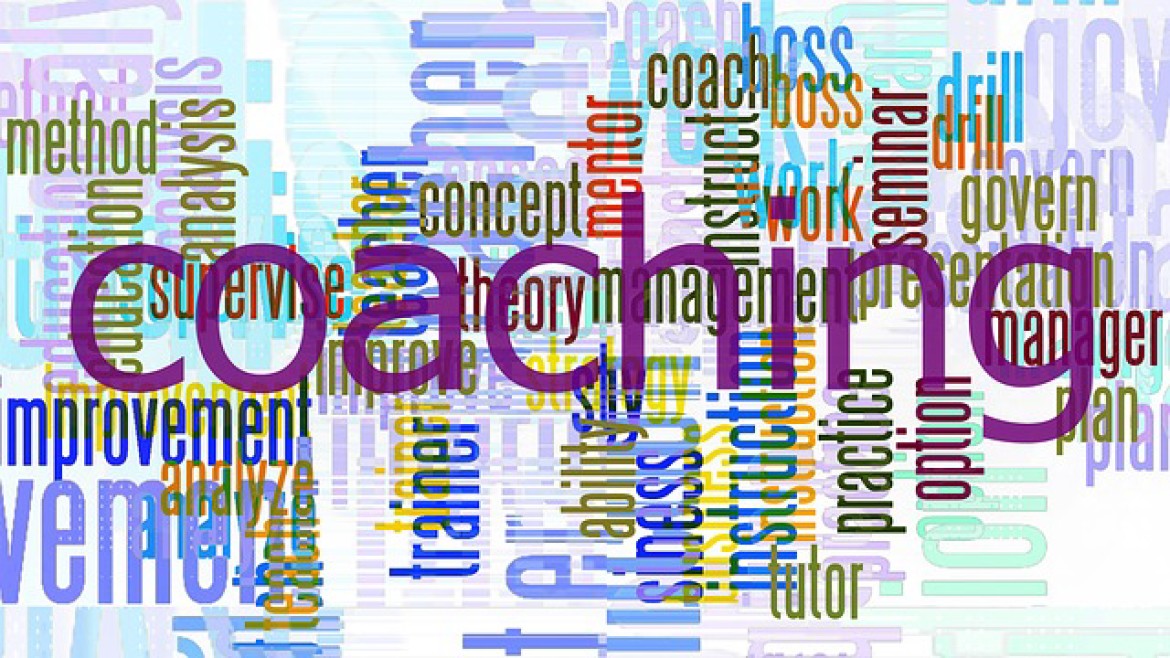
Soccer Coaching – Is the Game the Teacher?
September 12, 201300Coaching, Featured news, General, Youth SoccerTags: art of coaching, bobby howe, byte size coaching, coach, coaches, coaching, develop, development, game, international soccer, kids, play, skill improvement, soccer coach, soccer coaching, soccer environment, teacher, world of soccer, youth, youth soccerSome time ago I wrote about a phrase that has really taken root in the soccer coaching … “Let the Game be the Teacher!”
Funny thing is that back in the late 80’s Bobby Howe, a very experienced international soccer coach, and myself, co-authored a series of soccer coaching manuals – predominantly for the North American market. We continually used the phrase, “Let the Game be the Teacher!” within the books as we implored the coaches not to take the game away from the kids. It was very obvious to both Bobby and I that children in this part of the world were over-coached – often by people who had not played the game and were using football, baseball and sometimes hockey, as their reference points.
So our phrase “Let the Game be the Teacher!” may have come back to bite us.
The problem is that many coaches have modified that by saying, “Let Games be the Teacher” and that is a very different thing. Playing 80 to 100 games a season is not the way to learn. You will learn some things, of course. But how much individual skill improvement can be developed within an 11 vs. 11 game? If the average time of ball contact per player is less that 2-minutes how can some of the vital skills of the game be learned?
If we just let them play and there is little or no intervention by the coach there is only one teaching method being employed. It is called “Trial & Error.” And we all know where that can lead – bad habits established and engrained forever!
Putting the kids into as realistic a soccer environment as possible and letting them play is fine. And for a coach unsure of his/her information, why stop it if you don’t know how to correct it? But if a coach knows that by stopping the practice, suggesting and demonstrating the correction and letting them rehearse the correction – all in 30 seconds if you can do it – then we are employing a much better teaching method …”Trial & Success!”
The art of coaching is not letting them play or stopping the play. It is the when and when not to intervene, but with the awareness that too many stoppages will kill the enthusiasm. The skill of coaching is to be able to quickly show the better way to play – both individually and collectively – and then get them back in a game situation.
Do you think Tiger Woods became what he is today by going out and just playing; that he did not seek the help of experienced coaches? Not on your life!
Hockey players in the past played on the ponds of the Prairies. Do you think they weren’t guided by big brothers and mentored by Dads and Uncles and former players?
How come some of the outstanding hockey players coming out of the Greater Vancouver and Vancouver Island areas in recent years were able to make the pro ranks without the ponds? A lot of it was “Trial and Success” – with good coaches showing the way and with the emphasis on showing!
So what we need to do to improve soccer players is to allow them to spend much more time in contact with the ball. And to a certain extent, this has to be orchestrated. It can still be placed into a “game-type” environment or at least, one that is challenging and therefore, potentially rewarding.
So the modern trend in the development of soccer players, and in other team sports, is that we need to get more quality touches on the ball and to be specific in what is being developed at any one time, e.g., heading for goal, combining to cross the ball, left or right foot practice.
It means far more time has to be spent in a practice environment than in competitive play. And if “The Game can be the Specific Teacher” while practice is taking place, so much the better. We are then able to have fun, be challenged and become more accomplished players. And so make a greater contribution when we get into the 11 vs. 11 game.

